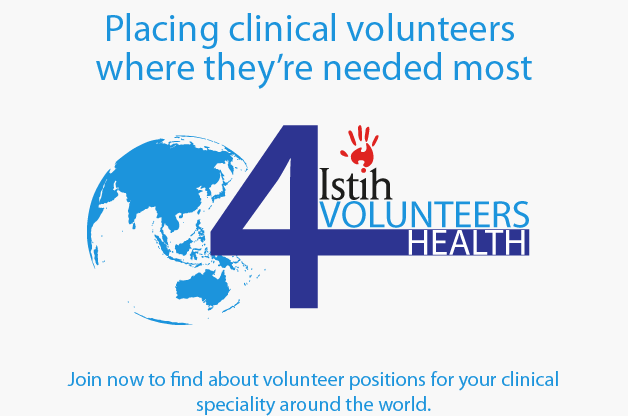Australian and international doctors are engaged in aiding the development of the specialty of emergency medicine within Nepal. Associate Professor Chris Curry, a Fremantle Hospital-based emergency physician and member of the ISTIH Medical Advisory Committee, is coordinating international efforts and working to ensure a continuing supply of international clinical volunteers to hospitals and teaching centres across Nepal.
The Tribhuvan University Teaching Hospital in Kathmandu (often referred to as simply ‘Teaching Hospital’) is the first and foremost postgraduate medicine institution in Nepal. It commenced the first emergency medicine specialty program in October 2011. The Doctor of Medicine (Emergency Medicine) course offered follows a similar, though longer, structure to the Diploma of Emergency Medicine (DipEM) currently being piloted in Myanmar. DM (EM) candidates in Nepal undertake a three-year program that follows a previous specialisation. Since 2007 Professor Chris Curry has acted in a consultant capacity to Nepal and since 2009 has advised Teaching Hospital clinicians involved in developing the DM (EM) qualification. In February 2011 he facilitated a visit by the Dean, Campus Chief, Hospital Director and Professor of General Practice and Emergency Medicine (GP&EM) to the Australasian College for Emergency Medicine (ACEM) and to several emergency departments in Melbourne. This visit led to the launch of the EM training program later in the year.
In October 2012 he contributed to a visit to the University of Western Australia’s Clinical Teaching and Education Centre (CTEC) and to Fremantle Hospital by the Dean of the BP Koirala Institute of Health Sciences (BPKIHS). BPKIHS is the second medical teaching institution in Nepal, and now plans to launch an EM training program in July 2013.
Through Prof Curry’s efforts, in 2012 Australian and New Zealand emergency physicians contributed nearly six months of support at Teaching Hospital. In 2013 this will increase so that for approximately 9 months of the year international specialists will be ‘on the ground’ acting in advisory roles and supporting the delivery of the new graduate course.
Following the developments at Teaching Hospital and BPKIHS, Patan Hospital and the Patan Academy of Health Sciences (PAHS) is planning an emergency medicine training program.
There are now twenty colleges training medical students in Nepal. The recent surge of interest spurred organisation of the inaugural Nepal Emergency Medicine Seminar (NEMsem), held at Teaching Hospital on 31st March-1st April 2013. NEMsem aimed to build solidarity between emergency medicine clinicians and students at various hospitals across Nepal, share knowledge and address workforce challenges. Representatives from major institutions joined emergency physicians from Australia, New Zealand, Canada, Britain, and the USA to present and participate in a series of workshops and discussions, comparing experiences and best practice in key areas such as triage, risk assessment in the emergency department, and medical ethics. Prof Curry, one of the principal organizers, led sessions on the scope of emergency medicine practice within Asia and on toxicology.
Prof Curry is heavily involved in recruiting fellow international emergency medicine physicians to contribute to developing the new BPKIHS course, and acts as a central coordinator for this process. It is hoped that this new graduate program will commence in July 2013, and will run as a two-year course under the leadership of Professor Gyanendra Malla, a general practitioner and anaesthetist who spent a year training in emergency medicine at the Royal Adelaide Hospital during 2004-5. Following the successful NEMsem event, Prof Curry anticipates that short courses similar to those currently being delivered to clinicians as part of the 18-month emergency medicine specialty development program in Myanmar will be developed at Nepalese institutions.
ISTIH will continue to provide support for Prof Curry and his colleagues engaged in the various ongoing emergency medicine development projects in Nepal.



